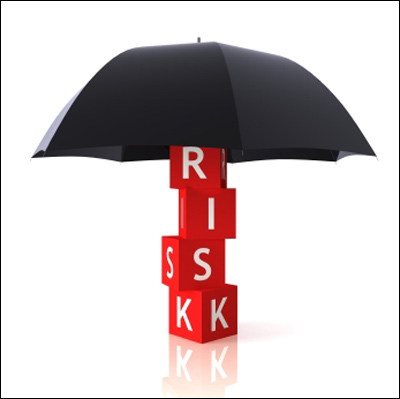Three Of The Most Common Injuries That Result In Lawsuits
 Personal injury lawsuits are among the most common legal proceedings in America. In fact, legal blogs report the staggering statistic that a new personal injury claim is filed every two seconds. While some describe personal injury lawyers as “ambulance chasers” and assume they are creating legal issues where none would exist otherwise, most personal injury lawyers are not overly-litigious.
Personal injury lawsuits are among the most common legal proceedings in America. In fact, legal blogs report the staggering statistic that a new personal injury claim is filed every two seconds. While some describe personal injury lawyers as “ambulance chasers” and assume they are creating legal issues where none would exist otherwise, most personal injury lawyers are not overly-litigious.
Personal injury lawsuits can take several forms, and attorneys assist their clients in receiving compensation for damage to personal property, inconvenience or injury stemming from defective products and physical and psychological injuries affecting the body. By far, the most common type of personal injury lawsuits are those dealing with physical injuries to the body. Personal injury attorneys assist average people facing uncomfortable, painful and debilitating personal injuries in receiving the compensation they deserve. Below are three of the most common personal injury claims.
Back injuries resulting from an automobile accident
Car accidents happen every day, ranging from minor fender-benders to serious, even fatal, crashes. In fact, there are more than six million automobile accidents recorded annually in the United States. Most people will be involved in a car accident at some point in their lives, and many of them will experience some time of physical injury due to the accident.
The impact of a car crash and the strain it puts on the human body is most often absorbed in large part by the body’s core, including the back. Many times, back injuries sustained during car crashes show no immediate symptoms. Rather, the pain and discomfort begin to manifest hours, days or weeks later. Common back injuries sustained in car accidents include sprains, fractures and slipped discs.
Slip and fall injuries
Commercial businesses and homeowners alike know the importance of maintaining safe conditions for family, friends, neighbors or customers. Still, over seven million slip and fall accidents are reported each year in the U.S. An astounding 20,000 people die annually from injuries sustained in these types of accidents. Slip and fall injuries are common because they can happen anywhere from the grocery store to a school to an apartment complex.
Slip and fall injuries often result in broken bones in the extremities, as well as in head wounds. While many slip and fall cases wind up in court, it can be difficult for a plaintiff to prove that the defendant was negligent and failed to remedy an unsafe situation. Sometimes, accidents just happen and no one is at fault.
Work-related injuries
With so many Americans spending the majority of their days at work, the workplace is rife with injuries. Last year, the Bureau of Labor Statistics reported more than three million work-related injuries, and the actual number is estimated to be much higher since many employees fail to report their injuries for fear of retaliation.
Most often, work-related injuries are not one-off, traumatic injuries that take place in a matter of seconds. Rather, work-related injuries often stem from repetitive motion that causes undue stress on a particular part of the body. Carpal tunnel syndrome is, perhaps, the most well-known repetitive stress injury, but back and neck injuries resulting from frequent lifting are also common.
If you find yourself suffering any of these common injuries, you may wish to consult a personal injury attorney. If you find yourself on the receiving end of a personal injury claim, you may be forced to pay financial compensation. In either case, it’s important to know your rights and to seek out appropriate legal representation when necessary.















